Pacific Dunes
Pacific Dunes established Bandon Dunes as an elite multi-course destination and Tom Doak as a standard bearer for minimalist, neoclassical golf architecture

Pacific Dunes Roundtable | Fried Egg Guides
Fried Egg Guides: Pacific Dunes Roundtable
Bandon Deep Dives: Pacific Dunes
“If the first course [at Bandon Dunes] is being compared to Pebble [Beach],” Tom Doak told a golf writer in 1999, before his team had even broken ground on Pacific Dunes, “the second course will be more like Cypress Point.” It was a bold statement but not, as it turned out, wildly off-base.
Like Alister MacKenzie’s masterpiece on the Monterey Peninsula, Pacific Dunes is not a big golf course by modern standards. Rather than generating excitement through sheer scale and splendor, it prioritizes balance and variety, with a routing that weaves in and out of different types of terrain: duneland and clifftop, intimate and open, undulating and heaving. Both Cypress Point and Pacific Dunes use the coastline in spectacular ways, but they make an equally strong impression with their inland holes, particularly the short par 4s. Finally, the two courses occupy similar positions in the oeuvres of their designers. Cypress Point was the best property MacKenzie ever worked on, and it came to him just as he reached the height of his powers as an architect. The same could be said of Pacific Dunes—though we should wait until Doak stops building courses to say it with certainty.
Of course, there’s one major difference between Cypress Point and Pacific Dunes. Whereas one is firmly private, the other is open to anyone able to make the journey to the Oregon coast and pay the green fee. Ever since its debut in 2001, Pacific Dunes has been, in my opinion, the greatest public golf course in America—a distinction it seems unlikely to lose anytime soon.
{{content-block-course-profile-pacific-dunes-001}}
Take Note…
Doak’s version of “flatter” greens. In 1999, Bandon Dunes founder Mike Keiser played Lost Dunes Golf Club, a new Tom Doak design in Michigan. Keiser was struck by how wild the greens were. He had already hired Doak to build Bandon Dunes’ second course, and he asked the architect to tone it down on the project. “Since Mr. Keiser had pointedly said he preferred flatter greens than I normally build,” Doak explains in his book The Making of Pacific Dunes (which—fair warning—I plan to crib from repeatedly in this profile), “I resolved to keep these smaller and use the contours around the green to provide the challenge, adding interest by varying the degree of tilt within.” Today, Pacific Dunes’ smallish greens and sharp external contours place heavy demands on players’ approach and recovery skills. Ironically, if Keiser had not requested subtler greens, the course may not have turned out to be so exacting.
A fortunate fire. On Halloween 1999, a fire broke out on the beach below Bandon Dunes and raced up the cliffs. The blaze stopped short of David McLay Kidd’s new Bandon Dunes course and the resort’s buildings, but it cleared a great deal of troublesome gorse on the Pacific Dunes site. This was a lucky break for Keiser and Doak. Afterward, they were able to walk the full routing of Pacific Dunes for the first time, which gave Keiser the confidence to move ahead with the project. Less than two months later, construction began.
The Punchbowl. When you stand on the first tee at Pacific Dunes, make sure to look left. There you’ll see the Punchbowl, a 100,000-square-foot putting green inspired by the famous Himalayas course, home of the St. Andrews Ladies’ Putting Club. Designed by Tom Doak and Jim Urbina in 2014, the Punchbowl is free to play and has become a hub of evening activity (i.e., drinking and gambling) at the resort.
Favorite Hole
No. 13, par 4, 444 yards
While walking the Pacific Dunes property in 1999, Doak and Urbina, his lead associate, made a startling discovery. A portion of the site they had planned to use for their sixth and 15th holes had been swallowed up by David McLay Kidd’s routing for the first Bandon Dunes course. “I was flummoxed,” Doak says in The Making of Pacific Dunes; “my routing wasn’t going to work. I never showed it to Mr. Keiser.” As Doak and Urbina searched for alternatives, they found out that Keiser owned additional land north of the map they had been working with. When they saw this parcel, they were stunned. “We could scarcely believe it!” Doak recalls. “We felt like Lewis and Clark! The hidden land along the ocean was the perfect width for a golf hole, with the cliff on one side and a huge dune pockmarked with sandy blowouts on the other.”
Favorite Hole
No. 13, par 4, 444 yards
While walking the Pacific Dunes property in 1999, Doak and Urbina, his lead associate, made a startling discovery. A portion of the site they had planned to use for their sixth and 15th holes had been swallowed up by David McLay Kidd’s routing for the first Bandon Dunes course. “I was flummoxed,” Doak says in The Making of Pacific Dunes; “my routing wasn’t going to work. I never showed it to Mr. Keiser.” As Doak and Urbina searched for alternatives, they found out that Keiser owned additional land north of the map they had been working with. When they saw this parcel, they were stunned. “We could scarcely believe it!” Doak recalls. “We felt like Lewis and Clark! The hidden land along the ocean was the perfect width for a golf hole, with the cliff on one side and a huge dune pockmarked with sandy blowouts on the other.”
The hole Doak and Urbina found that day is the current 13th at Pacific Dunes, one of the world’s most astounding par 4s. A massive dune ridge begins about 100 yards from the green site and runs on a diagonal toward the cliffs on the left, leaving just enough room for a long, narrow putting surface. The fairway is 80 yards wide, but a subtle hog’s back in the fairway pushes tentative tee shots farther to the right, resulting in a terrifying approach angle back toward the bluffs. Into the teeth of a summer wind, this hole becomes a brute—a par 5, really, with a layup zone harassed by the Pacific Ocean on the left, bunkers and dunes on the right, and chaotic topography down the middle.

{{content-block-course-profile-pacific-dunes-002}}
Overall Thoughts
When Pacific Dunes opened in 2001, it seemed almost radical. Here was a resort course, meant to appeal to the retail golfer, that broke many long-established architectural rules. The ninth hole did not return to the clubhouse. The back nine contained four par 3s, three par 5s, and just two par 4s. The contours of the fairways and green surrounds were lumpy and irregular. The bunkers, filled with unpredictable indigenous sand, were hard to distinguish from the ragged-edged blowouts in the surrounding dunes. This kind of naturalism hadn’t been seen in upscale public golf for many years. Remember, at the time, the first Bandon Dunes course still had smallish, grass-faced bunkers—more Gleneagles than 19th-century St. Andrews.
Coore & Crenshaw’s Sand Hills Golf Club may have kick-started the modern neoclassical movement in golf architecture, but Tom Doak’s Pacific Dunes took the gospel mainstream. 2001 was the year that punk broke in golf course design.
Nearly a quarter century later, Pacific Dunes has lost a bit of its shock value, much as Nirvana’s “Smells Like Teen Spirit” did by the end of the 1990s. This is partly because the course itself has matured: irrigation and maintenance have lent a degree of formality to the once-volatile landscape. But the main reason Pacific Dunes doesn’t astonish as it once did is that it now has rivals. Barnbougle Dunes in Tasmania, Streamsong in Florida, Cabot Cape Breton in Nova Scotia, Sand Valley in Wisconsin, and three additional 18-hole courses at the Bandon Dunes resort itself have opened in the past two decades. Still others will come online soon: Cabot Highlands in Scotland, Rodeo Dunes in Colorado, Seven Mile Beach in Tasmania, Wild Spring Dunes in Texas, Cabot Pacific in British Columbia, Old Shores in the Florida Panhandle, and so on. Pacific Dunes, by virtue of its own success and influence, is no longer a unicorn.
Yet it does not suffer in comparison to these newer courses. Rather, Pacific Dunes’ true virtues—the subtle ones, related to design and craftsmanship—have only become more obvious with time. Here are three:
1. A Smart Solution to a Routing Puzzle
If you’ve spent time chatting with golf architects off the record, you’ve heard some version of this line: “It’s easy to be great when you get sites like Sand Hills or Pacific Dunes.”
There is no doubt that working at Pacific Dunes, with its Cypress Point-like mixture of sand dunes and ocean frontage, was an incredible opportunity for Tom Doak and Renaissance Golf Design. As Doak himself puts it in The Making of Pacific Dunes, “It was the kind of ground we’d been hoping for years to get our hands on.”
At the same time, the Pacific Dunes property was not free of difficulties. Between the dunes at the inland southeastern portion of the site and the ones near the coastline to the north, there was a large flattish area that Doak called “the gorse plain.” The course needed to traverse this expanse quickly in order to maximize the property’s best land. Doak’s solution was elegant: he placed three par 5s—Nos. 3, 12, and 15—on the gorse plain. These long holes establish efficient links between the naturally blessed par 3s and 4s in the dunes and on the cliffs. Plus, since the three par 5s start and end in the dunes on the edges of the plain, they have attractively situated tees and greens, compensating for the less exciting topography in their fairways.
{{content-block-course-profile-pacific-dunes-003}}
Doak also worked hard to get his two seaside par 4s, the fourth and 13th, playing in opposite directions. In an early routing plan, all of the course’s clifftop holes faced north, into the prevailing summer wind. To avoid this repetition, Doak created a crossover in the middle of his routing: the third and 12th greens sit in different pockets of the same cluster of dunes, providing access to both the fourth hole, which plays south, and the 13th hole, which heads north. Because the green sites for Nos. 3 and 12 feel (and mostly are) natural, this junction doesn’t feel forced or awkward.
2. An Exceptional Set of Short Par 4s
Pacific Dunes features four sub-400-yard par 4s, all located in the inland dunes. Each hole deserves at least a brief description:
No. 1, 370 yards
The first tee shot is by far the most disorienting and intimidating at the resort. Only the right side of the rippling fairway is visible, but if you have the nerve to aim left, toward a landing zone you can’t see, you may be rewarded with a full view of the low-slung green.
{{content-block-course-profile-pacific-dunes-004}}
No. 2, 368 yards
The bunker in the center of the second fairway—dug by Bob “Shoe” Gaspar, Bandon Dunes’ “Director of Outside Happiness”—separates a high road on the right and a low road on the left. The right side offers plenty of room and an elevated look at the green, but the short-right green-side bunker will be in your way. The left side is narrower and more protected, but it provides an inviting angle to most pins and a surprisingly clear view of the putting surface.
{{content-block-course-profile-pacific-dunes-005}}
No. 6, 316 yards
One of Doak’s greatest holes, the sixth makes excellent use of the rises that define the boundary between the dunes and the gorse plain: the tee boxes and green are elevated, while the fairway runs along the base of a sandy ledge. Off the tee, there is plenty of room to the left, but the approach from there—a wedge over a huge blowout to a shallow green with a sharp drop-off on the other side—is the stuff of nightmares. Players who can carry the bunker at the base of the ridge on the right will face a far simpler pitch.
{{content-block-course-profile-pacific-dunes-006}}
No. 16, 338 yards
The 16th was among the first holes that Doak latched onto in studying the Pacific Dunes map, and it’s easy to see why. This little par 4 rambles over wild contours to a natural shelf at the base of a dune. Trying to get close to the green from the tee comes with the risk of ending up in a hollow short right, where embarrassing scores quickly come into play.
{{content-block-course-profile-pacific-dunes-007}}
This quartet of short par 4s gives Pacific Dunes much of its charm and sporting character. It’s worth adding, however, that the five longer par 4s—the bluff’s-edge fourth and 13th, the subtle and fierce seventh and eighth, and the dual-green ninth—are just as strong and memorable. So here’s a topic for the Club TFE comment section: Which courses have a better collection of par 4s than Pacific Dunes? The number can’t be high.
3. A Selective But Assertive Approach to Earthmoving
The Pacific Dunes site was tailor-made for Doak’s minimalist approach to construction. The abundance of high-quality sand allowed his crew to build all 18 greens from indigenous material, and the topography, from the helter-skelter humps and hollows of the first and 16th holes to the big ledge separating the sixth and ninth fairways, was beautifully scaled for golf. It was a property where Doak could put the tenets of his “Minimalist Manifesto” into practice.
Yet the course also benefited from the fact that Doak had matured enough as an architect by 2000 not to be too stubborn about his principles. His team ended up moving a substantial amount of earth on a few holes at Pacific Dunes. As he explains in The Making of Pacific Dunes, “There were four greens—the first, second, 10th, and 18th—where we had to fill in a deep hollow and five more—the fourth, sixth, 11th, 14th, and 15th—where we had to whittle away at a dune ridge until we had enough area for hole locations.” These alterations of the landscape—which, to be clear, are still minor by the standards of modern golf course design—made the holes and Doak’s overall routing work.
Just as importantly, Doak’s associates, like Coore & Crenshaw’s, had become industry-leading experts at blending the artificial with the natural. Urbina, Bruce Hepner, Don Placek, and Brian Slawnik molded many of the key features at Pacific Dunes, and all are now recognized as masters of the craft. They absorbed Doak’s vision of naturalistic golf and translated it into shapes in the dirt.
***
Pacific Dunes is not without its faults. The par 5s, as a set, are less remarkable than the par 3s and 4s. The 18th in particular is a slight letdown, with many second shots ending up in the same set of swales and leaving a pedestrian pitch into the green. Also, the predominance of north-south holes in Pacific Dunes’ routing means that interesting crosswind shots are rare.
I can forgive these shortcomings, though, because they all proceed from Doak’s governing philosophy of restraint. Would the par 5s on the gorse plain have been more compelling if Doak had given them more striking manufactured features? Would No. 18 (and, for that matter, No. 16) have worked better if Doak had softened the natural fairway undulations to keep balls from collecting in certain areas? Would the routing have been more varied if Doak had knocked down some sections of the north-south dune ridges to create more east-west holes? Perhaps yes, in all three cases.
But these interventions also may have weakened the primary source of Pacific Dunes’ magic: that it feels found, not built, just as “dream golf” should be.
3 Eggs
I’ve said plenty about the excellence of Pacific Dunes’ land and design. Its presentation, like that of every other course at Bandon Dunes, has suffered recently from the incursion of poa annua into the bentgrass greens. Still, since Pacific Dunes is one of the better-draining courses at the resort, its fairways almost always play firm. A three-Egger, without a doubt.
Course Tour

{{content-block-course-profile-pacific-dunes-008}}
Additional Content
Bandon Deep Dives: Pacific Dunes (Fried Egg Golf Podcast)
Yolk with Doak 23: Getting to 18, Pacific Dunes, and the Original Sheep Ranch (Fried Egg Golf Podcast)
Yolk with Doak 29: The Opening of St. Patrick’s and the Making of Pacific Dunes (Fried Egg Golf Podcast)
Leave a comment or start a discussion
Get full access to exclusive benefits from Fried Egg Golf
- Member-only content
- Community discussions forums
- Member-only experiences and early access to events






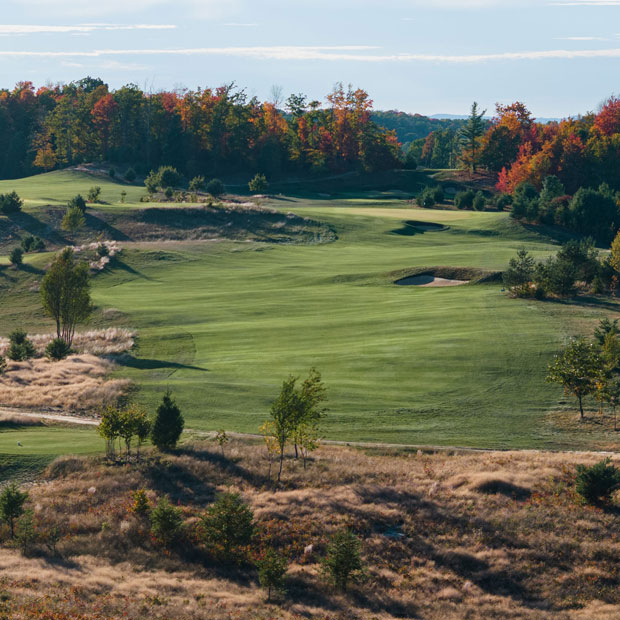
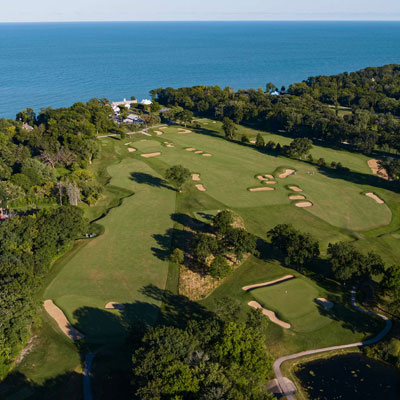
.jpeg)
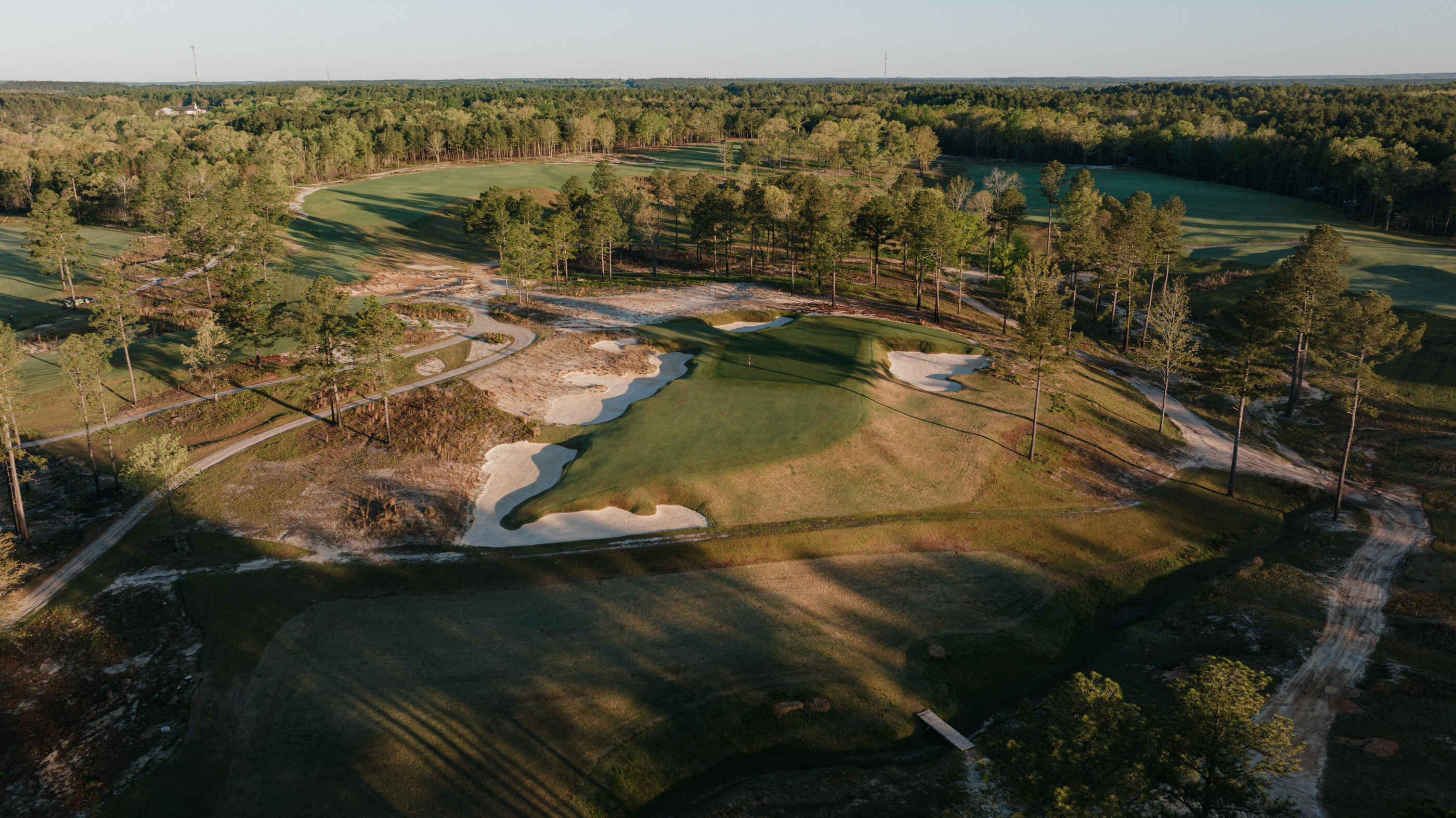



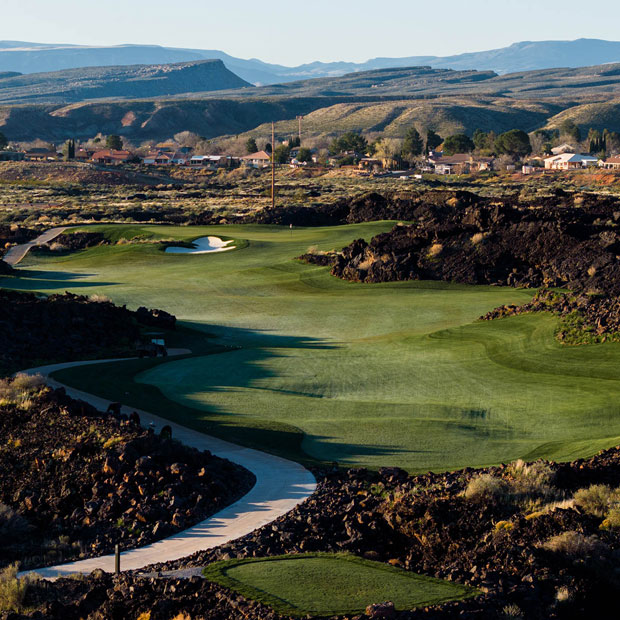



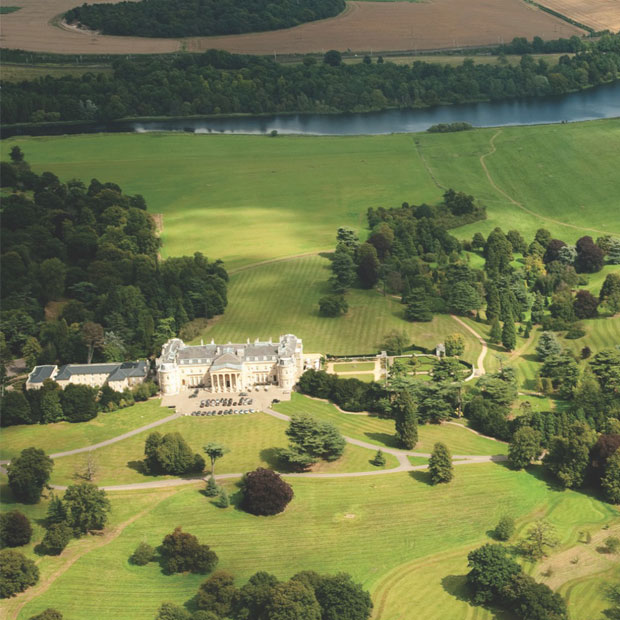
Leave a comment or start a discussion
Lorem ipsum dolor sit amet, consectetur adipiscing elit. Suspendisse varius enim in eros elementum tristique. Duis cursus, mi quis viverra ornare, eros dolor interdum nulla, ut commodo diam libero vitae erat. Aenean faucibus nibh et justo cursus id rutrum lorem imperdiet. Nunc ut sem vitae risus tristique posuere. uis cursus, mi quis viverra ornare, eros dolor interdum nulla, ut commodo diam libero vitae erat. Aenean faucibus nibh et justo cursus id rutrum lorem imperdiet. Nunc ut sem vitae risus tristique posuere.